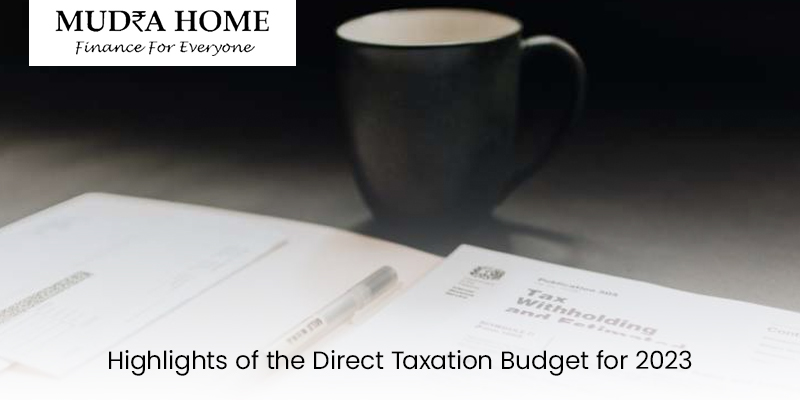
The income tax slabs under the new tax system have changed as a result of Budget 2023. Under the new tax system, the government increased the basic income exemption ceiling from Rs 2.5 lakh to Rs 3 lakh. In addition, the government raised the threshold for rebate eligibility under the new tax system from Rs 5 lakh to Rs 7 lakh in taxable income through Section 87A. In practice, this means that anyone choosing the new tax system in FY 2023–24 will pay no taxes as long as their taxable income is less than Rs 7 lakh.
In her address introducing the Budget 2023, Finance Minister Nirmala Sitharaman “In the year 2020, I had enacted a new personal income tax system with six income tiers beginning at Rs 2.5 lakh. By decreasing the number of tax slabs to five and raising the threshold for tax exemption to Rs 3 lakh, I propose to alter the tax system under this regime.”
New Income Tax Slabs under the New Regime
The income tax slabs under the new tax regime for FY 2023-24 are as follows:
Up to Rs. 3,00,000: Nil
300,000 to Rs. 6,00,000: 5% on income that exceeds Rs 3,00,000
6,00,000 to Rs. 900,000: Rs 15,000 + 10% on income more than Rs 6,00,000 9,00,000 to Rs. 12,00,000: Rs 45,000 + 15% on income more than Rs 9,00,000 12,00,000 to Rs. 1500,000: Rs 90,000 + 20% on income more than Rs 12,00,000 Above Rs. 15,00,000: Rs 150,000 + 30% on income more than Rs 15,00,000
What is the Default Tax Regime?
The new tax regime is now the default tax regime” denotes that the old taxation system has been superseded and that the new system is now the accepted way to calculate and collect taxes. It indicates that, unless they specifically opt-out and want to follow a different system, people and businesses are now compelled to abide by the laws and norms of the new tax regime. The term “default” implies that, unless otherwise indicated, the new tax regime is the default option and the default setting for taxation.
What distinguishes the Old Tax Regime from the New Tax Regime?
For investments in certain funds, you could deduct up to INR 2 lakh under Chapter VI-A deductions like 80C, 80CCC, and 80CCD under the previous tax system. Other tax breaks are also available to you, including 80D for medical insurance, 80E for interest on student loan debt, House Rent Allowance, LTA, etc.
However, under the new tax law, none of the aforementioned deductions are available to you.
We anticipate that this article will provide readers with a thorough knowledge of the budget’s key points regarding direct taxation.